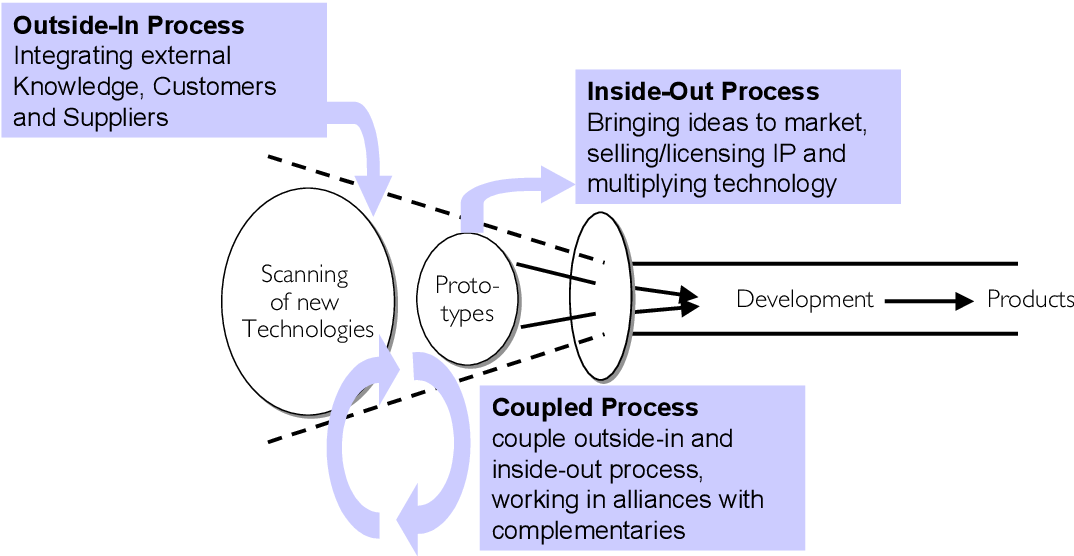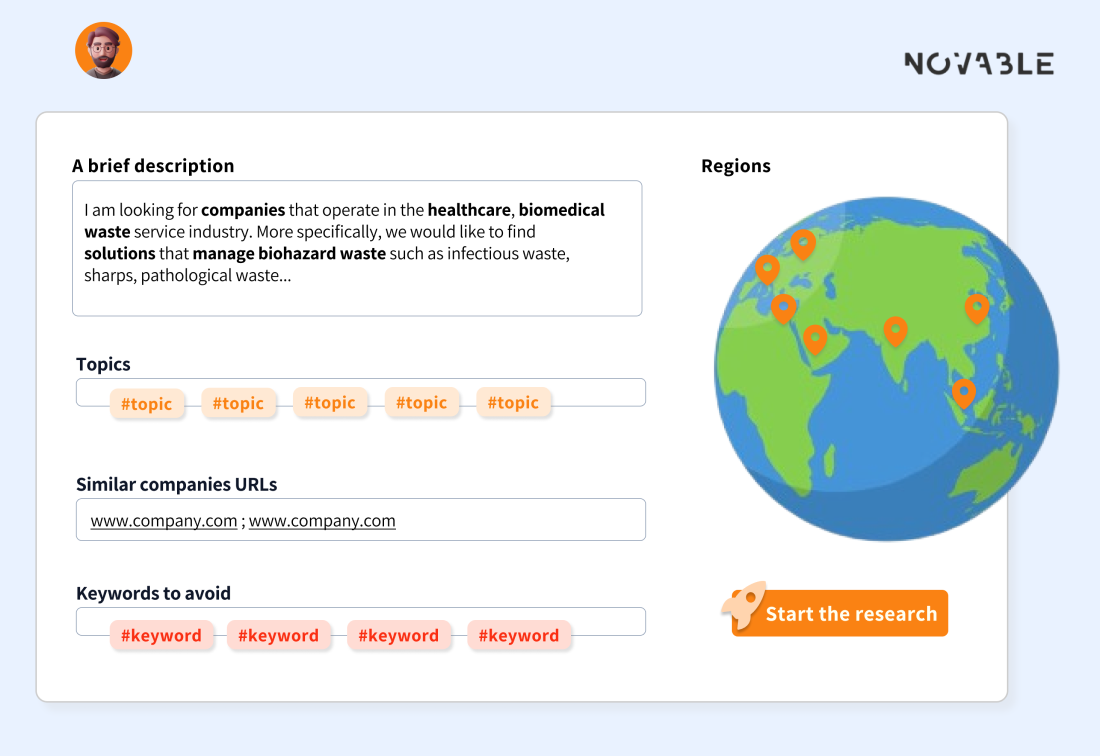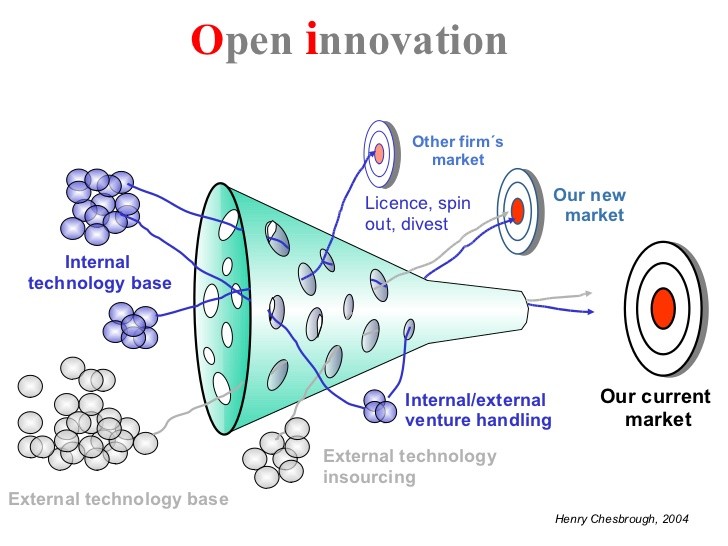open innovation platforms.
Open Innovation Platforms are reshaping the way organisations approach problem-solving, product development, and customer engagement. As businesses seek more agile, collaborative ways to innovate, these platforms have emerged as powerful tools that connect companies with external ideas, experts, and creative solutions. But what exactly are Open Innovation Platforms, and how do they work?

In this article, we’ll explore the essentials of Open Innovation Platforms, how they benefit companies and innovators, and why they are transforming industries worldwide. We’ll also look at some of the most successful examples to illustrate their impact.
Open Innovation is a concept popularised by Professor Henry Chesbrough in 2003, describing a model where organisations look beyond their internal resources for ideas, technologies, and solutions. Instead of relying solely on in-house expertise, they collaborate with external contributors—such as customers, researchers, startups, and other companies—to address challenges and drive innovation.
In traditional, closed innovation models, companies rely on internal R&D teams, with little or no input from external sources. Open innovation, however, operates on the principle that diverse perspectives lead to breakthrough ideas and solutions.
Open Innovation Platforms are digital spaces that facilitate this collaborative process. They enable organisations to interact with a global network of problem solvers, innovators, and specialists who contribute unique ideas, knowledge, and resources to a given project. In many cases, these platforms serve as a bridge between companies and external innovators, allowing for co-creation, crowdsourcing, and collaborative development.
These platforms can support various types of initiatives, from product development and research to process optimisation and customer engagement.

Open Innovation Platforms typically function as centralised online portals that streamline the innovation process. Here’s a step-by-step look at how they generally operate:
These platforms use digital tools to streamline submission, collaboration, feedback, and review processes, making innovation faster, more efficient, and more scalable.
Open Innovation Platforms come in various forms, catering to different collaboration models and industries. Here are some of the most common types:
Idea Management Platforms. These are used to collect, evaluate, and develop ideas from stakeholders. They can be applied in Open Innovation or more broadly across other types of innovation processes.
Crowdsourcing Platforms. These tap into the collective intelligence of a large group, often external to the organisation. They help companies solve problems and generate new ideas by leveraging a wide range of contributors.
Scouting Platforms. These function as marketplaces for innovation, connecting organisations with potential partners who have the technology, expertise, or services they need. Novable is the perfect example.
Open Data Platforms. These provide access to large datasets, which can be used to identify industry trends, economic indicators, or potential risks and opportunities.
Open Innovation Platforms offer the ability to significantly broaden your audience. To gain deeper insights into consumer behaviour and maximise input, you can extend participation to a virtually limitless number of people. The right platforms provide the scalability to grow alongside your innovation efforts, making it just as feasible to gather feedback from 1,000 participants as it is from 100,000 when needed.
A great example of this is Lego’s Ideas Site, which allows the company to interact with fans and customers worldwide. Through this platform, users share ideas for new products, giving Lego valuable insights into customer preferences and generating fresh, innovative concepts.
In a closed innovation model, a company’s ability to solve challenges is restricted to the knowledge and expertise of its internal workforce.
In contrast, Open Innovation allows organisations to engage with external participants, including customers, suppliers, partners, and even the broader public.
Open Innovation Platforms can be customised to attract specific contributors, such as industry experts or individuals with specialised skills. This focused approach ensures that the most relevant and knowledgeable participants are involved in the innovation process.
Open Innovation Platforms offer access to a broad range of ideas and a variety of expertise, enabling more informed decision-making. With the right platform, companies can develop innovation processes that are flexible and iterative, allowing for rapid testing and validation of ideas.
In contrast, closed innovation confines all activities within the organisation, often limiting openness to new ideas and experimentation. By embracing external input, companies can benefit from fresh perspectives and alternative approaches, discovering solutions they may not have otherwise explored.
The cost of innovation has reached new heights, and research shows that despite significantly higher R&D investments, the results have not improved proportionally.
Open Innovation Platforms can help reduce R&D expenses by offering more affordable solutions. Companies can foster internal innovation and empower their teams to develop new ideas.
In tough times, businesses often cut back on R&D spending and halt innovation initiatives. It becomes difficult to justify risky investments that may not guarantee long-term returns, especially when the future is uncertain.
However, some companies leverage Open Innovation Platforms to gather data and tap into a global network of problem solvers, helping to reduce risk and identify solutions with clear potential.
Despite their advantages, Open Innovation Platforms come with some challenges:
Addressing these challenges requires careful planning and a clear strategy for managing external partnerships and IP.

If you’re interested in leveraging Open Innovation Platforms for your business, here are a few steps to get started:
Define your objectives: decide on the specific goals you want to achieve, whether it’s finding a new product idea, solving a technical problem, or improving customer engagement.
Choose the right platform: select an open innovation platform that aligns with your industry and objectives. Look for platforms with a track record in your area of interest.
Establish clear guidelines: provide clear instructions, evaluation criteria, and rewards for participants to ensure high-quality submissions and minimise misunderstandings.
Plan for integration: consider how to incorporate external ideas into your existing workflow, from prototyping to product launch.
Engage with participants: keep participants informed and engaged throughout the challenge to foster collaboration and increase the quality of submissions.
Open Innovation Platforms are more than just a trend—they represent a fundamental shift in how companies create value. By opening up the innovation process to external ideas and expertise, businesses can achieve faster, more effective solutions to complex problems. Whether you’re a startup looking to build an MVP or a multinational searching for breakthrough products, Open Innovation Platforms provide a versatile, collaborative approach to staying ahead in a competitive market.
With careful planning and clear objectives, these platforms can unlock new possibilities, turning global networks of thinkers and creators into a dynamic part of your innovation ecosystem.